Privacy Policy | Terms and Conditions | Disclosure Statement | License Policy
COPYRIGHT © 2024 | NUMBER 8 COOKING | ALL RIGHTS RESERVED.

Privacy Policy | Terms and Conditions | Disclosure Statement | License Policy
COPYRIGHT © 2024 | NUMBER 8 COOKING | ALL RIGHTS RESERVED.

Privacy Policy | Terms and Conditions | Disclosure Statement | License Policy
COPYRIGHT © 2024 | NUMBER 8 COOKING | ALL RIGHTS RESERVED.
As a professional chef with decades of experience, I’ve learned that choosing cookware right for your needs can make all the difference in creating delicious, flavorful meals. The material, shape, and size of your pots and pans play a crucial role in how your food cooks. From perfectly searing a steak to gently simmering a homemade tomato sauce.
Over the years, I’ve fine-tuned my collection to include only a few cookware pieces: cast iron pans, stainless steel saucepans, robust nonstick pans and skillets, and my workhorse, a stainless steel pressure cooker.
I’ll share my expertise in choosing cookware best suited for your needs. Whether you’re a seasoned home cook looking for an upgrade or additions to your collection. An aspiring cook looking to outfit your first kitchen, understanding the properties of materials. Stainless steel, cast iron, ceramic, and different pan styles will help you start using the right cookware.
Let me walk you through building your ideal cookware collection. Based on decades of hands-on kitchen experience as a professional chef.
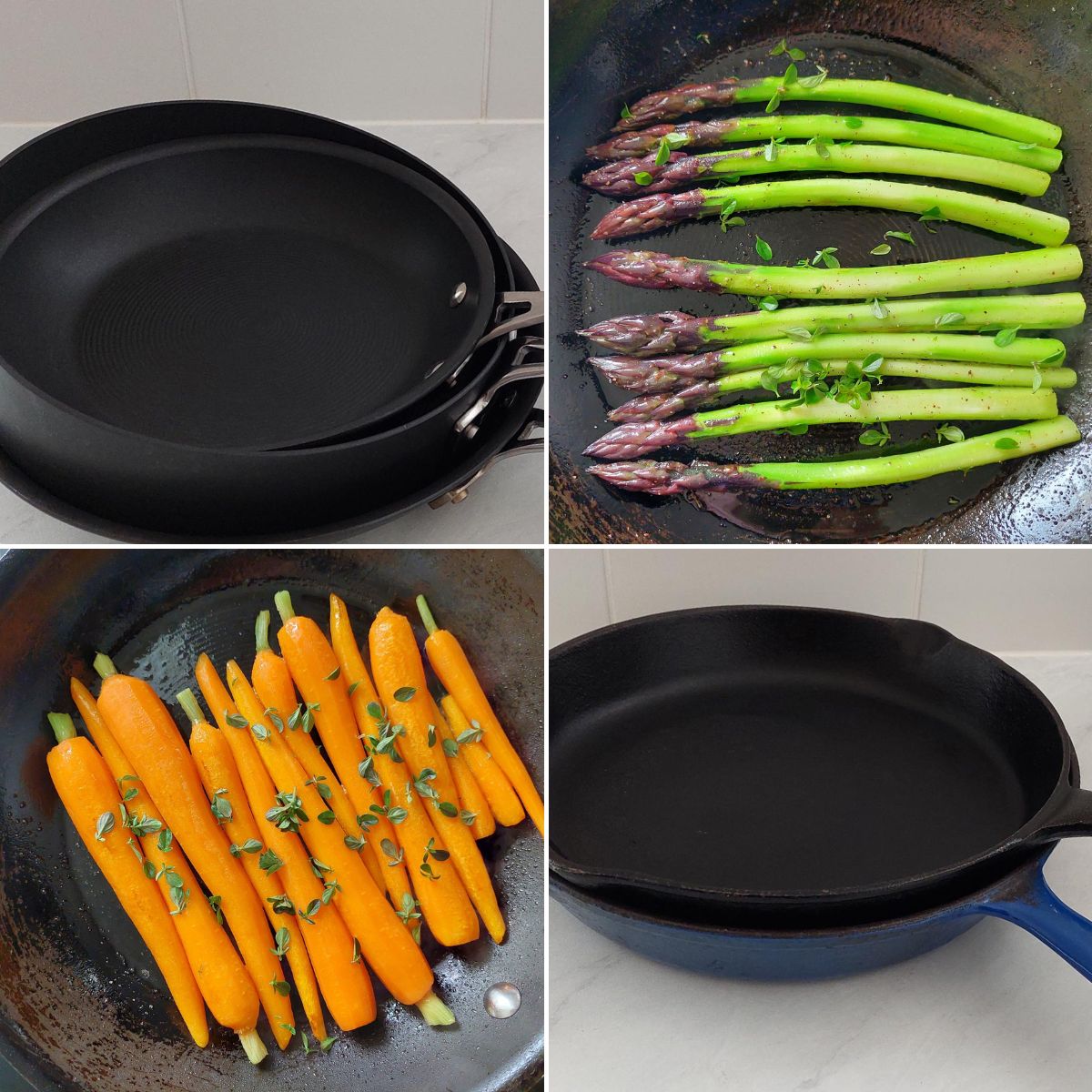
The material of your cookware plays an essential role in how your food cooks. Additionally, what will suit your cooktop, convection, gas, or electric elements? Each type of material has its unique properties fit for purpose.
Cast iron cookware has been a time-honored classic and a kitchen staple for centuries. Its natural nonstick properties and ability to retain and evenly distribute heat make it perfect for slow-cooking and achieving an ideal steak sear. My cast iron cookware is a family heirloom passed down from my Grandfather. With proper seasoning and care, cast iron cookware can also become a cherished heirloom in your family.
For the health-conscious and those who appreciate easy cleanup, nonstick cookware is a game-changer. It is perfect for low-fat cooking and lets you sauté, fry, and flip with minimal oil. It’s also important to avoid using metal utensils to preserve the nonstick coating and ensure longevity.
Choosing Cookware — There are varying levels of nonstick cookware—a $50 nonstick pan is very different than a $5 one. You want nonstock cookware with a heavy stainless steel base. Thin aluminum-based nonstick pans will warp and buckle under the heat, making them useless. Also, they aren’t compatible with induction cooktops.
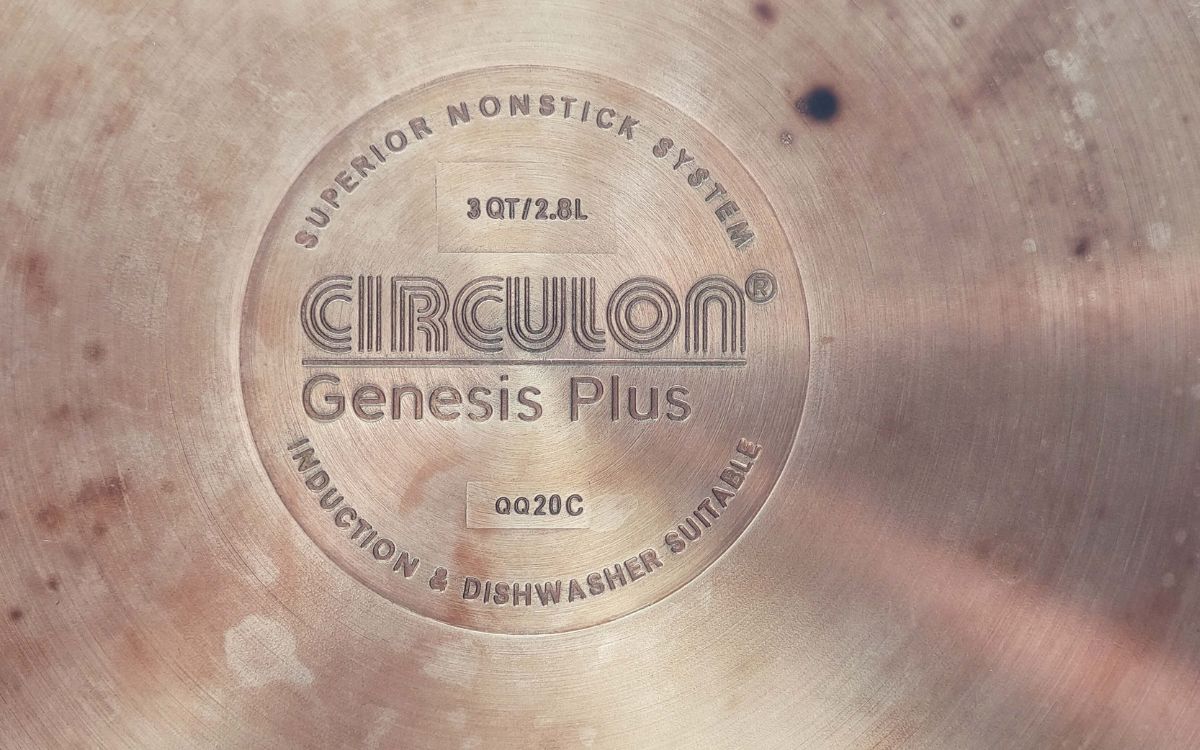
Known for its durability and versatility, stainless steel cookware is a staple in every kitchen. Its non-reactive nature ensures it doesn’t react with acidic foods. It would be best to get stainless steel reasonably hot and a cooking medium like oil that needs to be added. This ensures food doesn’t stick.
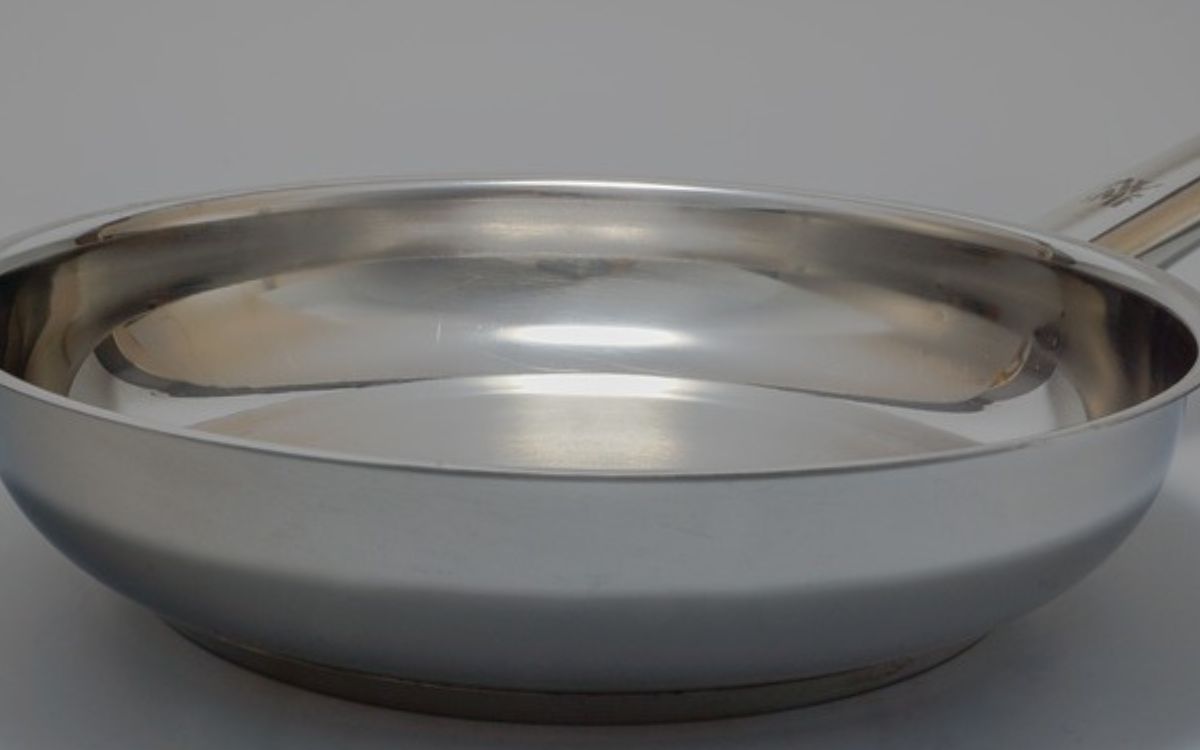
Ceramic cookware is a remarkable choice, particularly for those cozy evenings and hearty, slow-cooked stews and braises. It’s oven-safe, easy to clean, and distributes heat evenly. Avoid sudden temperature shifts, such as transferring a hot pan directly into cold water. Which can cause thermal shock and compromise the integrity of the ceramic.
Choosing Cookware — Like any kitchen tool, ceramic cookware requires gentle handling to maintain its pristine condition. Despite its durability, it can be prone to chipping or cracking if subjected to sudden temperature changes or rough handling.
Copper cookware is a prized luxury option for its superior heat conductivity and responsiveness. It’s a favorite among my professional chef peers for delicate mother sauces and stock infusions. However, it requires regular polishing and maintenance to prevent tarnishing. Good copper cookware is expensive; I’ve only worked in two kitchens fitted with copper cookware.
Beyond materials, understanding the properties, shape and size of your cookware also plays a significant role in your cooking experience. The final product can depend on the type of cookware you’re using.
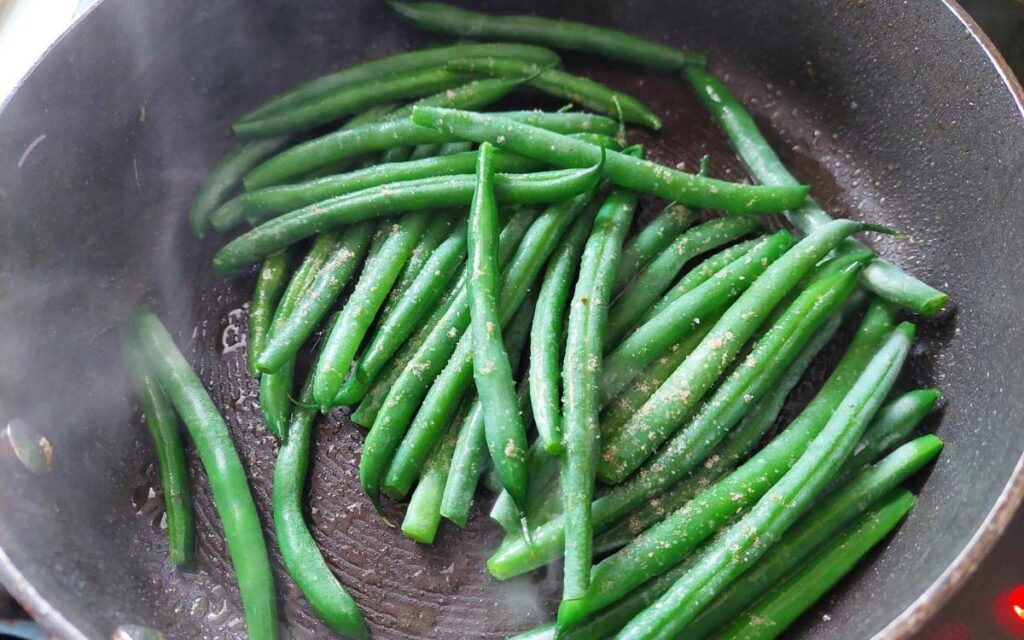
Frying pans, or skillets, are essential for sautéing, pan-frying, and searing. They come in various sizes and materials, but a good-quality, heavy-bottomed pan is necessary in any kitchen. The workhorse of my kitchen, a good frying pan is indispensable. Invest in a quality frying pan, and watch it become your trusty sidekick.
Choosing cookware — You want a selection of fry pans. Oven-proof cast iron and quality nonstick varieties. This will give you the freedom to create culinary deliciousness.
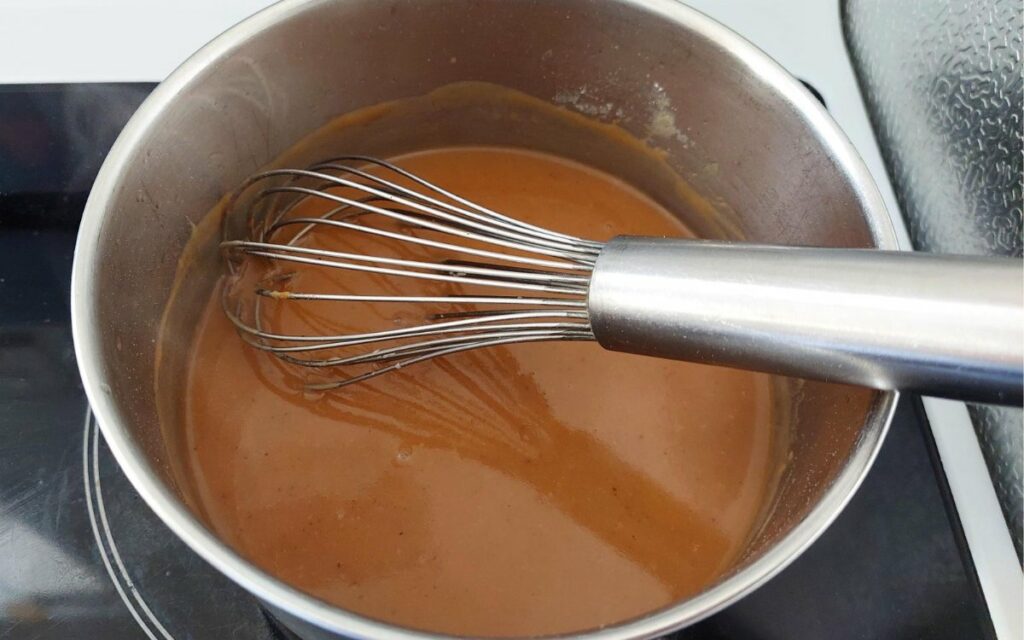
A suitable saucepan can make all the difference. It is ideal for making sauces, blanching, boiling, poaching, and reheating leftovers. It has steep sides to prevent splattering and often comes with a lid for simmering and steaming. A well-crafted saucepan is the unsung hero behind many culinary triumphs.
Choosing cookware — You’ll need two saucepans of different sizes with lids to start. Stainless steel is a good starting point; you can select cooper if you want to spend more.
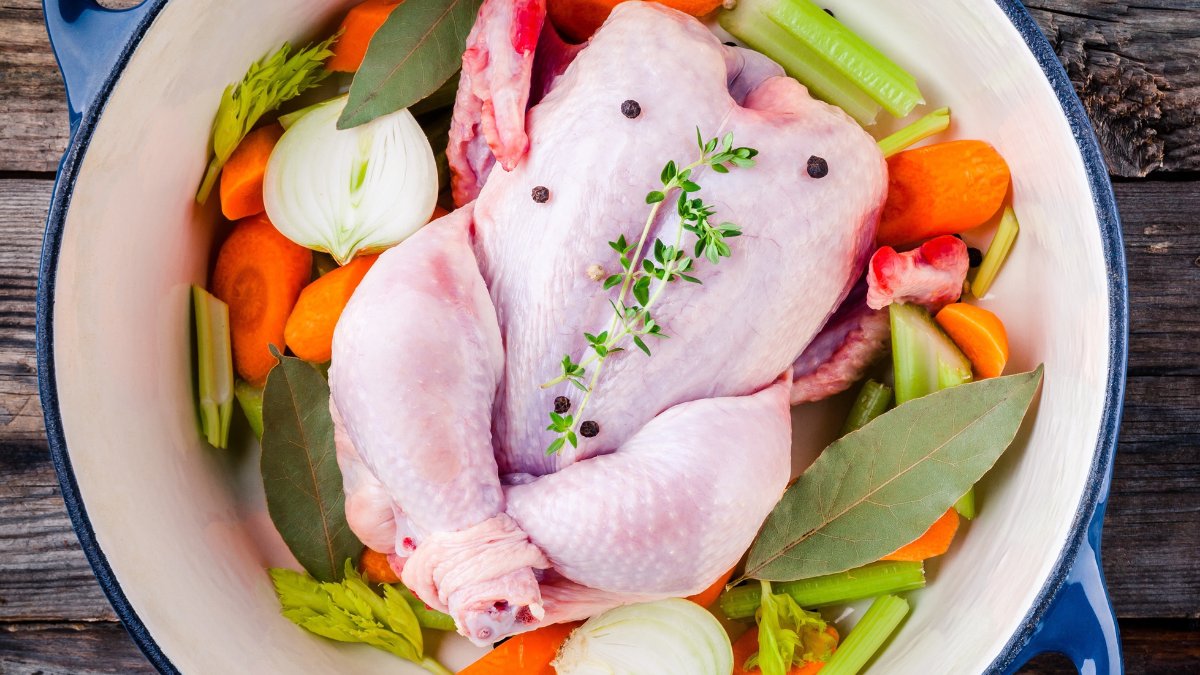
A Dutch oven is a versatile must-have pot with a tight-fitting lid. It is perfect for braising, stewing, pot roasting, and baking. It’s heavy oven-proof construction and enamel coating suit stovetop and oven cooking. Invest in a Dutch oven, and let it weave its magic into your comfort food creations.
Choosing cookware — A Dutch oven is a handy piece of kit in your kitchen. You want something you can use to caramelize food and ensure it can fit in your oven, so take note of the size.
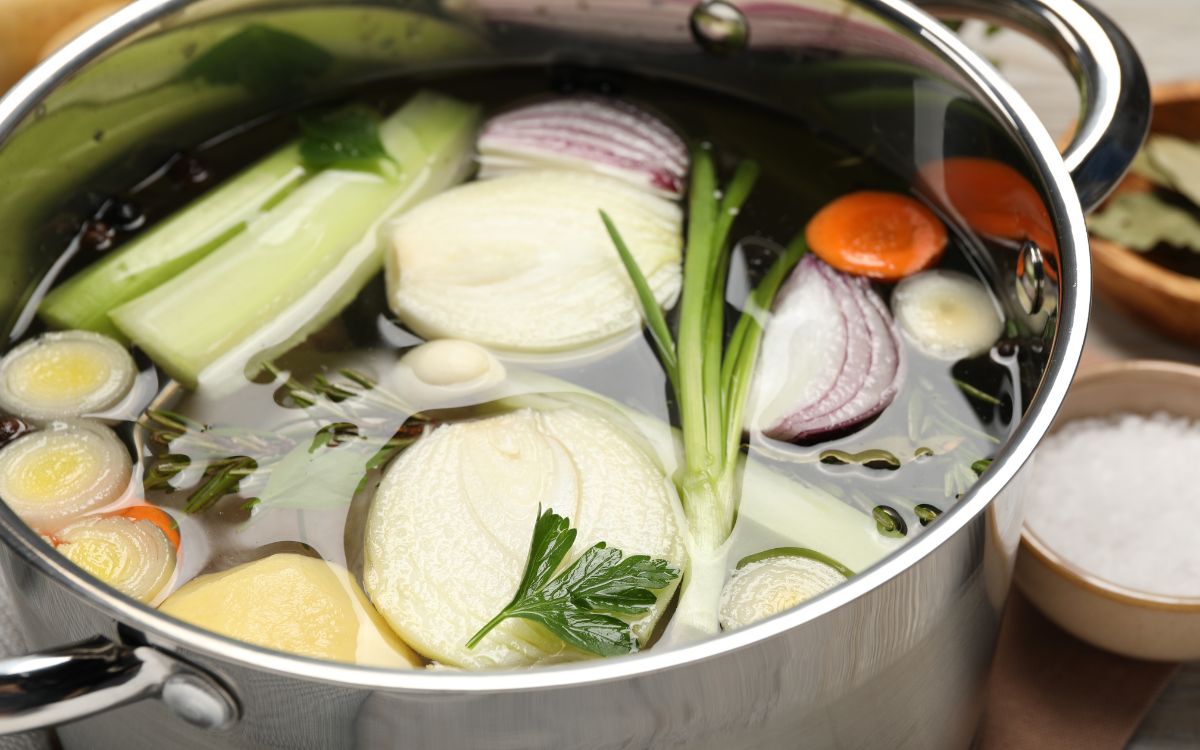
Stock pots are large, deep pots for making broths, stocks, soups, boiling pasta, and blanching vegetables. Their size and depth allow for easy stirring and prevent boil-overs. Look for a pot with a sturdy build and ample capacity, allowing your creativity to cater for gatherings and celebrations.
Choosing cookware — You will want a stock pot with a lid. This is if you want to get into some serious cooking adventures. Maybe not so much a must-have for someone just starting out, it is more suited for large families or seasoned home cooks.
Investing in the right cookware is like assembling a toolkit for your culinary adventures. Each piece of cookware serves a specific purpose, contributing to the efficiency and precision of your kitchen endeavors. As a beginner, you only need three pieces of cookware: a couple of different-sized sauté pans, a couple of saucepans with lids, and a Dutch oven.
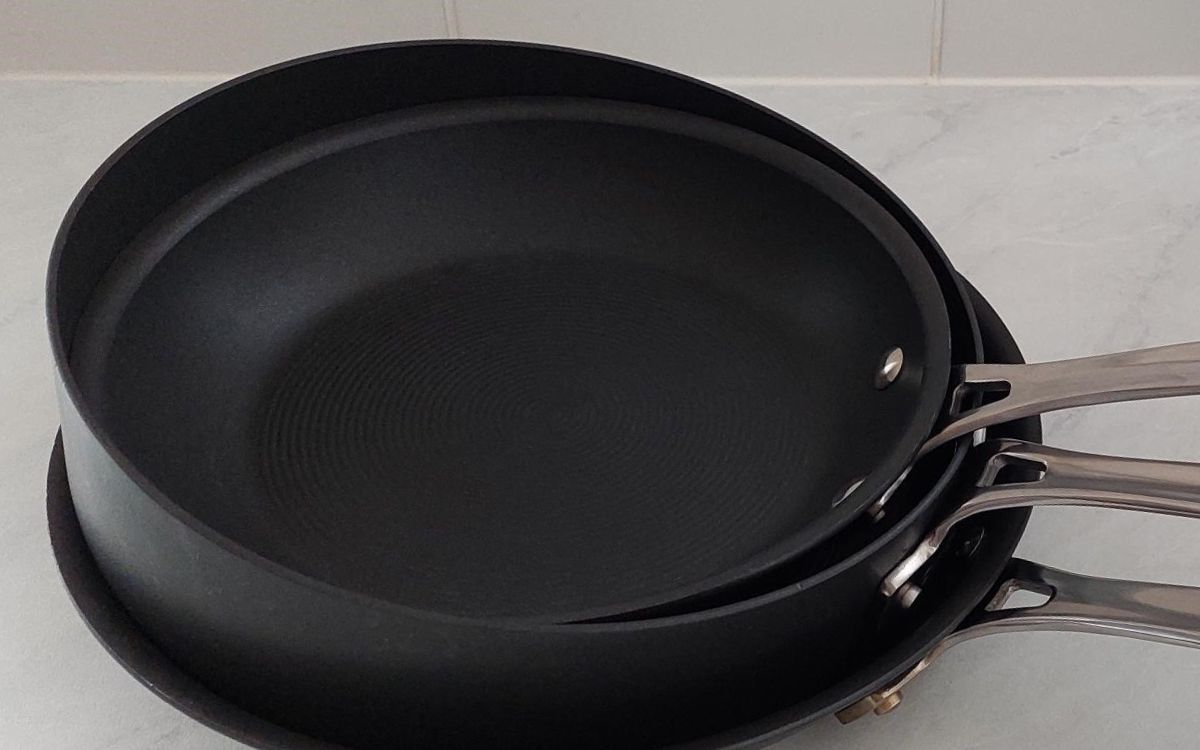
Versatile Workhorse — The sauté pan is the cornerstone of my kitchen. I use it for various tasks such as sautéing, breakfast fry-ups, searing steaks, and making pan sauces.
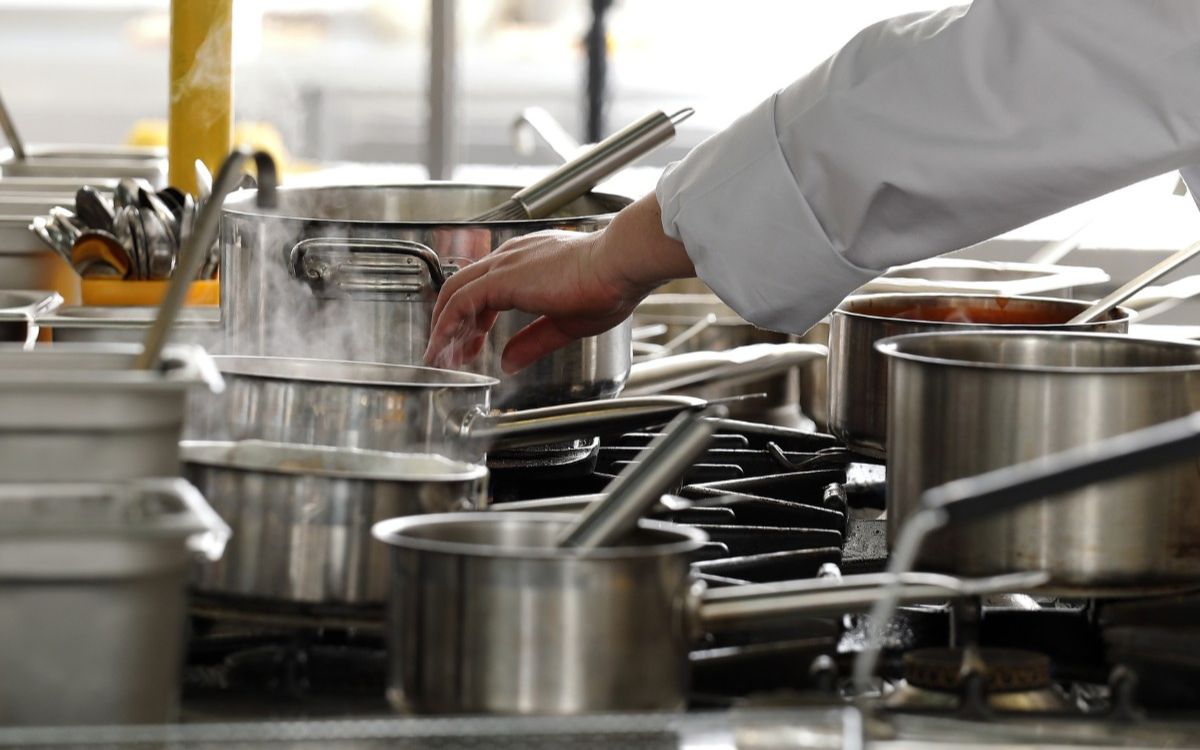
Precision Cooking — The saucepan is my go-to for blanching, sauce making, poaching, steaming, and anything that requires liquid. I couldn’t do without saucepans in my kitchen.
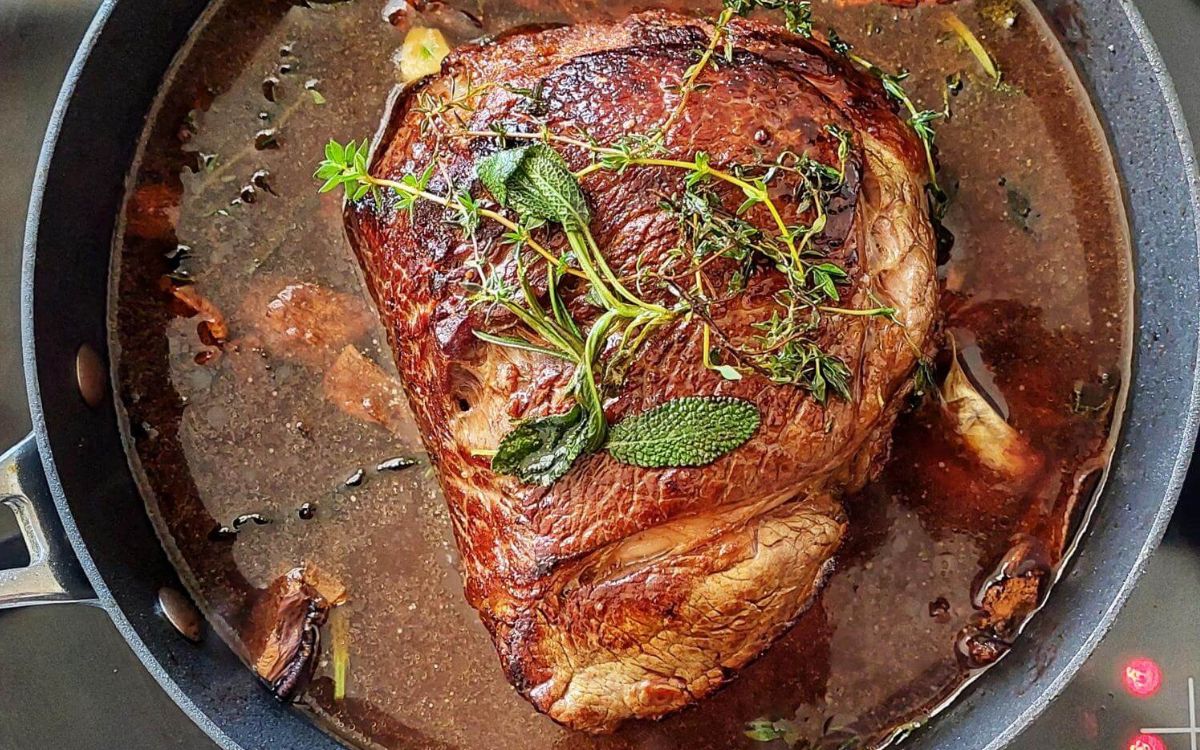
Crucial For Tough Tasks — The Dutch oven is indispensable for slow cooking, including braising, pot roasting, stews, and soups. I regularly turn to my Dutch oven for inspiration.
Cooking is a science and a skill that requires a deep understanding of both the technical and creative aspects. Cooking is also a matter of precise measurements and ratios.
For example, baking is particularly sensitive to accurate measurements and temperatures. A slight deviation in the amount of an ingredient or cooking degrees can result in a completely different outcome. So, to help you, here is a handy little unit converter tool for cooking without guesswork.